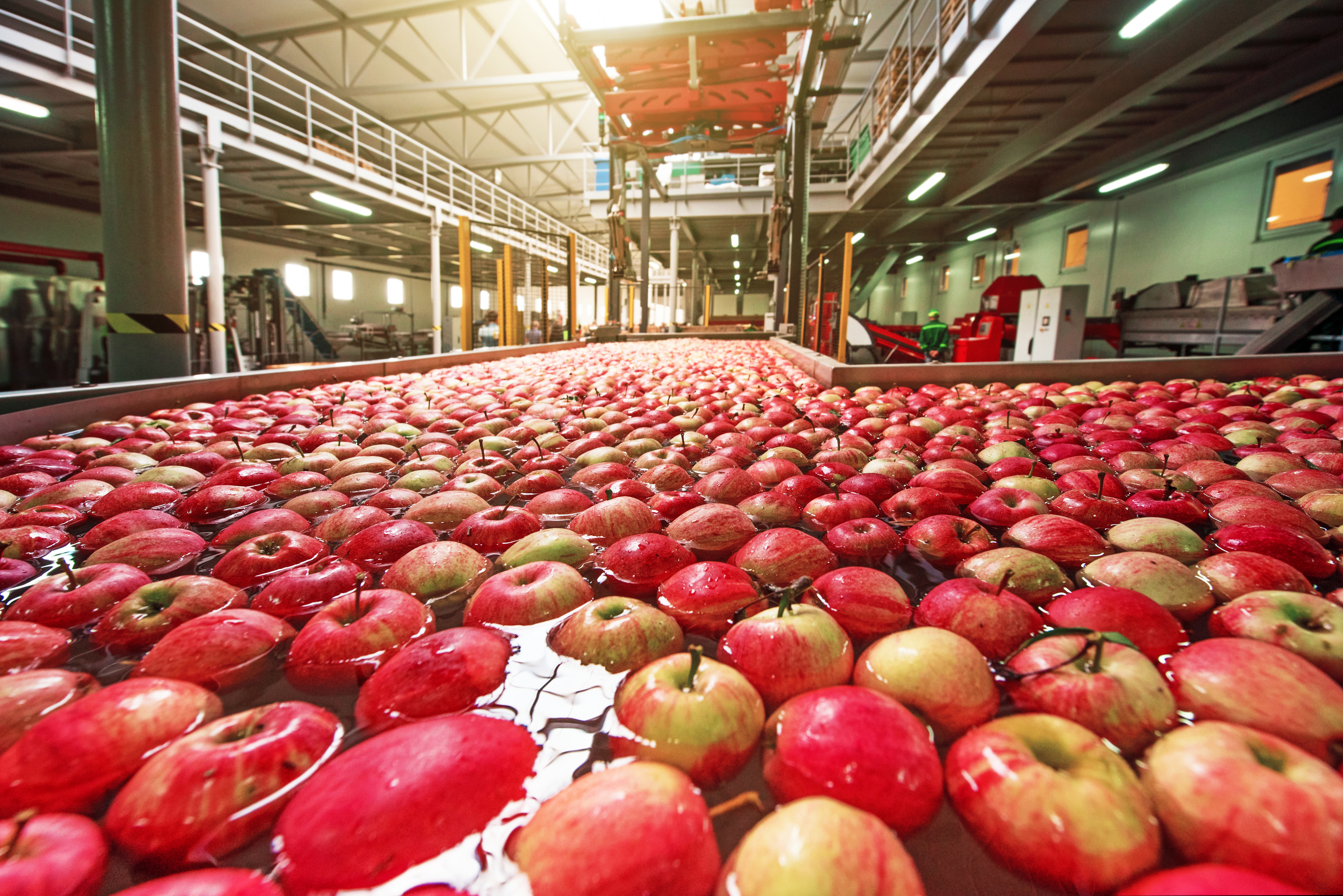Could This AI Breakthrough Make Our Food Supply Safer Than Ever?
Aug 15, 2025

Key Points
- Researchers at the University of South Australia have developed an AI system using hyperspectral imaging and machine learning to detect dangerous mycotoxins in food before they reach consumers.
- The technology can identify contamination in cereal grains and nuts with over 90% accuracy in many cases, offering a fast, non-invasive alternative to current testing methods.
- The system shows promise for real-time industrial use, potentially reducing foodborne illness, cancer risks, and global crop losses.
More than 600 million people fall ill each year from food poisoning, leading to an estimated 4.2 million deaths, according to data from the World Health Organization. Often, we find out about contaminated foods too late. However, there is a glimmer of hope on the horizon: Artificial intelligence that has the power to detect dangerous bacteria before they reach our plates.
In August 2025, an international team of researchers led by the University of South Australia published their study demonstrating how artificial intelligence (AI) can identify contaminated food in fields and factories, saving us from trips to the bathroom or, worse, the emergency room.
In their new paper published in the journal Toxins, the researchers describe the potential to use advanced hyperspectral imaging (HSI) combined with machine learning (a subset of AI), which can identify mycotoxins along the production line. These mycotoxins, the researchers explained in a statement, are "dangerous compounds produced by fungi that can contaminate food during growth, harvest, and storage."
Mycotoxins, they added, can cause a range of health issues, including everything from foodborne illness to cancer. The researchers also pointed to data from the UN-based Food and Agriculture Organization, which estimates that a quarter of the world's crops may be contaminated by mycotoxin-producing fungi, highlighting the urgent need to implement this kind of technology.
"... hyperspectral imaging – a technique that captures images with detailed spectral information – allows us to quickly detect and quantify contamination across entire food samples without destroying them,” Ahasan Kabir, lead author of the study and UniSA PhD candidate, shared.
To evaluate just how effective this tool can be, Kabir, along with researchers in Australia and Canada, used HSI to detect toxic compounds in cereal grains and nuts, both of which, they noted, are "highly susceptible to fungi and mycotoxin contamination."
They used the HSI to capture "an optical footprint of mycotoxins." When paired with machine learning algorithms trained to detect subtle spectral patterns that indicate specific mycotoxins are present, it can "rapidly classify contaminated grains and nuts based on subtle spectral variations,” Kabir explained.
The research team then reviewed more than 80 studies on various foods, including wheat, corn, barley, oats, almonds, peanuts, and pistachios, demonstrating that ML-integrated HSI systems outperform existing methods in toxin detection. Many models achieve accuracy rates of 90–95%, with some nearing perfect classification, primarily under lab conditions, but still showing promise.
“This technology is particularly effective at identifying aflatoxin B1, one of the most carcinogenic substances found in food," Professor Sang-Heon Lee, the project lead at UniSA, added. “It offers a scalable, non-invasive solution for industrial food safety, from sorting almonds to inspecting wheat and maize shipments."
The best part? The researchers say this can work in real-time and could save millions of lives lost each year to foodborne illness. As for what's next, the team mentioned that the technology could be integrated into processing lines or handheld devices, "reducing health risks and trade losses by ensuring that only safe, uncontaminated produce reaches consumers." They are now working on refining the technique to achieve even greater accuracy.
Click here to explore this article's original source for more.
